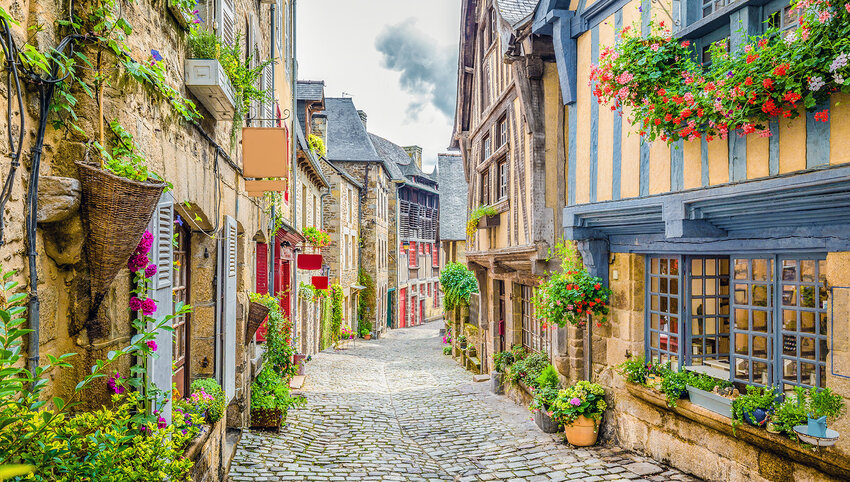Sponsored by:

According to official statistics, around 90 million international tourists visited France in 2019, the highest in the world. After briefly losing out to Spain in 2021, it looks likely that France will soon regain the number one spot, a position it has held for several decades. But like all averages, the statistics hide inequalities. While Paris, the Alps, and the Côte d’Azur are perennially popular, some parts of the country see relatively few foreign visitors. This is where to escape the crowds and discover the lesser-known and underrated side of France.
Before You Go
As one of the most visited countries in the world, France has a strong English-speaking population. But if you stray from popular tourist centers like Paris and the French Riviera, you might find yourself needing to pull out your bank of French vocabulary. That's where Babbel can help. Their lessons can help you master French in as little as 10 minutes a day. So say "au revoir" to the crowds and "bonjour" to the French countryside, with Babbel.
The Côte d’Opale
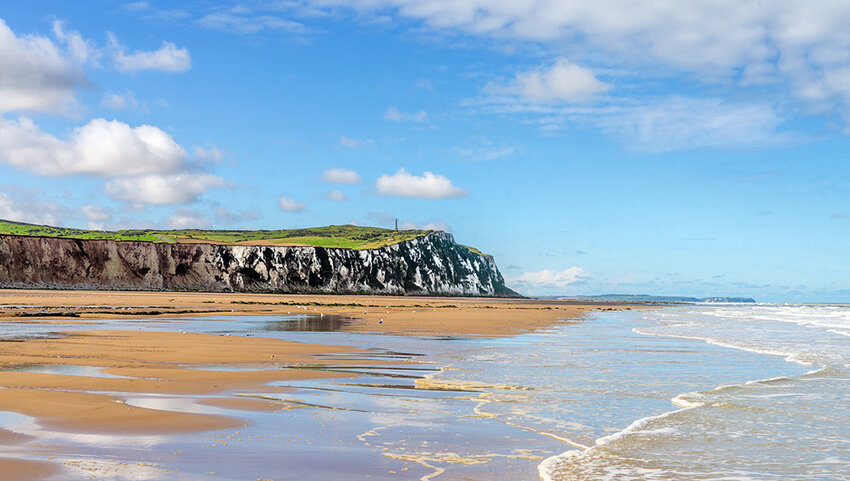
The Côte d’Opale (which means Opal Coast in French is the main drawcard of the Pas-de-Calais region in northern France. Miles of broad sandy beaches backed by dunes and chalk cliffs provide the focal point for summer tourism. The often breezy weather makes this the ideal playground for kite surfing and sand yachting. Wildlife-spotting opportunities abound. Seabirds are common along this part of the coast, while to the south, in Authie Bay near Berck-sur-Mer, grey and harbor seals haul out onto the shore. The port of Boulogne-sur-Mer is home to Nausicaä, Europe’s largest aquarium, and the Maison de la Beurière, where you can learn what life would have been like a century ago for those who made their living from the sea. In nearby Equihen-Plage, stay in one of the Quilles en l’Air, upturned boats that once housed a fishing community.
Alsace
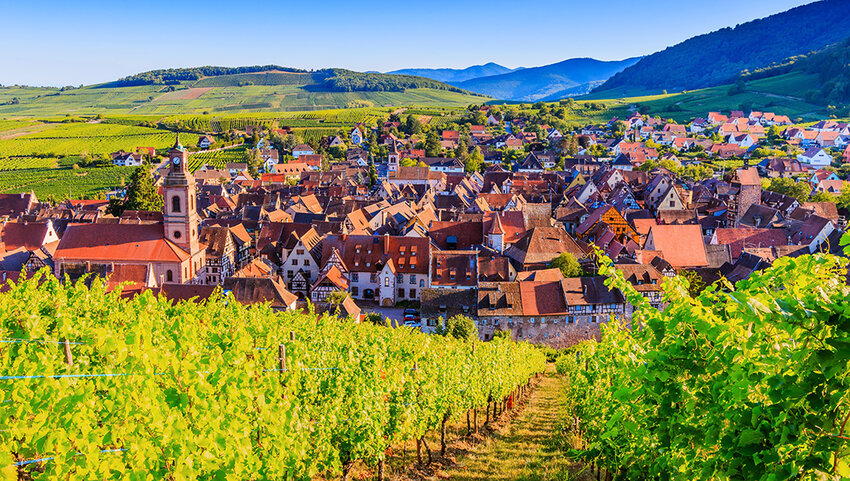
Alsace sits right on the border with Germany and you could be forgiven if the boundaries seem a little blurred. The pretty town of Colmar is no secret, and you’ll most likely have to queue for a place on a flat-bottomed boat tour of its canals. But nearby villages such as Eguisheim, Kaysersberg, and Riquewihr are equally as charming, crammed full of medieval churches and half-timbered houses. In summer, colorful petunias and geraniums spill from their shuttered windows. Tackle the Alsace Wine Route before diving into the region’s hearty cuisine. Pile your plate with sausages accompanied by choucroute, a pickled cabbage similar to sauerkraut; tartes flambées (also called flammekueche) baked in a wood-fired oven; or dig into tartiflette, a potato dish layered with bacon lardons and Reblochon cheese. Residents here mostly speak French, but you might encounter German-speaking populations in the more rural areas.
Arles and the Camargue
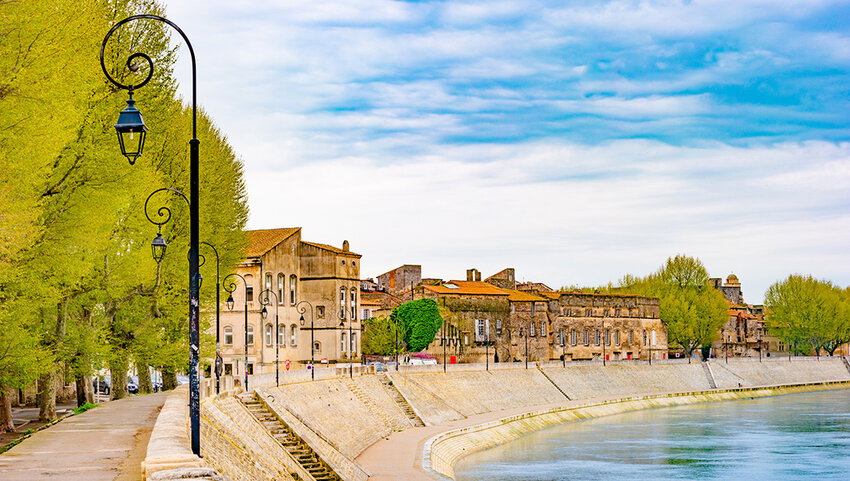
Vincent Van Gogh was a huge fan of Arles. He moved here from Paris and painted prolifically, renting the place that would feature in the painting “The Yellow House.” Today’s visitors can follow the Van Gogh Trail, taking in this and more of the artist’s favorite spots. Call in at the Fondation Van Gogh to learn the rest of the story, which culminated in the loss of his ear. But this historic Provençal city has much more to offer, not least a well-preserved Roman amphitheater that dates from 90 CE. Just outside Arles you’ll find the Camargue, an untamed and unspoilt wetland. Here, the Rhône splits into two; within the delta, salt marsh and briny lagoons sustain an abundance of wildlife. White horses, wild bulls, and flocks of pink flamingos are easily spotted.
Dinan, Brittany
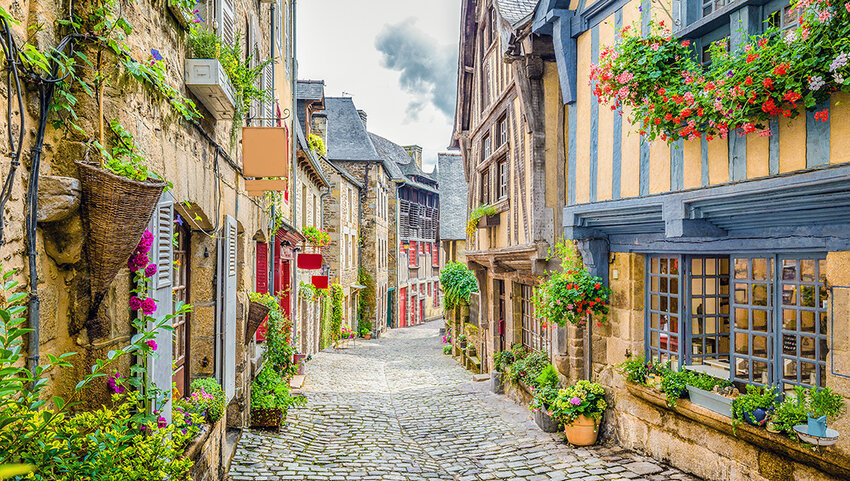
Dinan, a medieval city in the western region of Brittany, is a real gem. Many of its most charming streets converge on Place des Merciers and, if you're familiar with French, you'll notice their names reflect the trades that once congregated there: fishmongers dominated the Rue de la Poissonnerie, for instance, while Rue de la Lainerie gets its name from the weavers who used to work there. Don’t expect to find shoe menders on Rue de la Cordonnerie, however. Instead, its modern nickname – Rue de la Soif (Thirsty Street) – is a clue to the presence of the bars that have replaced them. You’ll want to take a walk along the steep but charming Rue de Jerzual, whose cobbles lead down to the Porte du Jerzual from where you can access the city’s ramparts and castle. Another must is a visit to La Cohue, Dinan’s lively market. Don’t leave without taking a boat trip along the River Rance to Léhon.
The French Pyrenees
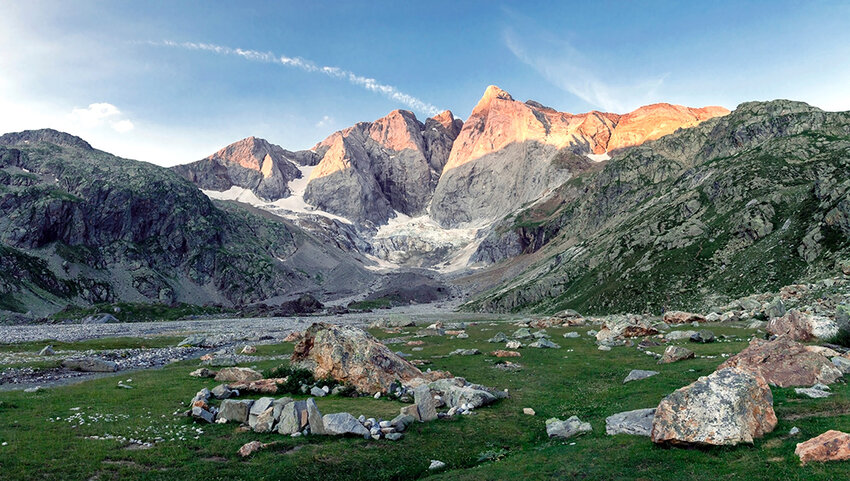
The Pyrenees form a natural border between France and Spain, with the micronation Andorra easily accessible from both. On the French side, craggy peaks rise quickly from wooded foothills. One of the best ways to acquaint yourself with this bucolic region is by riding the Train Jaune. In summer, its canary yellow open-air carriages allow for uninterrupted views over the countryside as you wind up and over the mountains from Villefranche-de-Conflent to Latour-de-Carol, stopping briefly at Bolquère, 5226 feet above sea level, on the way. In winter, it’s possible to ski here, while in summer, the area becomes a mecca for hikers and mountaineers. The most demanding routes can be found in the Hautes Pyrénées, which is where you’ll find the Pic de Vignemale. At 10820 feet tall, it’s the highest of the peaks on this side of the border. Cyclists will relish the challenge of the Route des Cols, littered with beautiful lakes.
Lyon
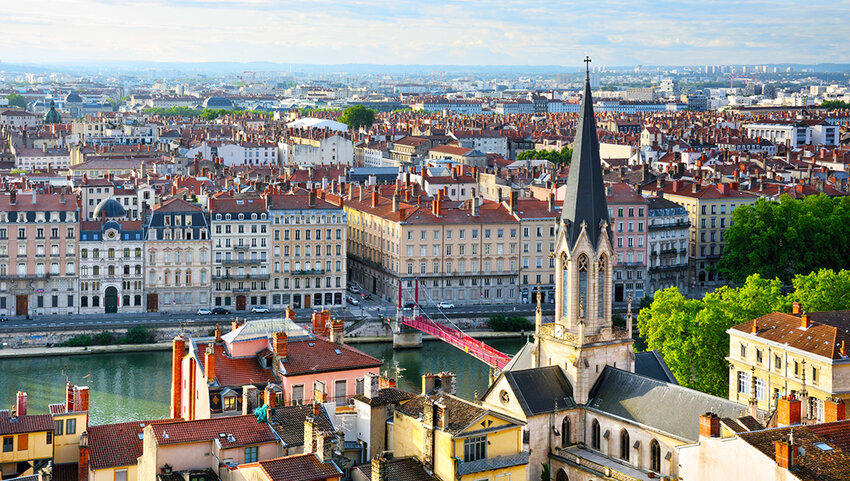
Located at the confluence of the Saône and the Rhône Rivers in the Auvergne-Rhône-Alpes region, modern Lyon can trace its roots back 2,000 years to Roman Lugdunum. Later, the city became wealthy on the back of the silk industry, and the mansions of its rich merchants crowd today’s old town. One of the quirkiest architectural details in this part of the city is the traboules, secret-covered passageways tucked out of sight. Forty of them are accessible to the public, and if you love history, their Renaissance arches, vaulted ceilings, and spiral staircases are a joy to experience. Foodies will also adore Lyon, which has the highest concentration of Michelin-starred restaurants outside Paris. By day, wander through its produce-laden market stalls. As night falls, dine in one of its many cozy, candlelit bistros and bouchons.
Whether rustic vineyards or charming cobblestone streets beckon you, prepare for your trip to the underrated side of France with Babbel. In just 10 minutes a day, you'll be asking for directions and ordering another glass of vintage in no time.

